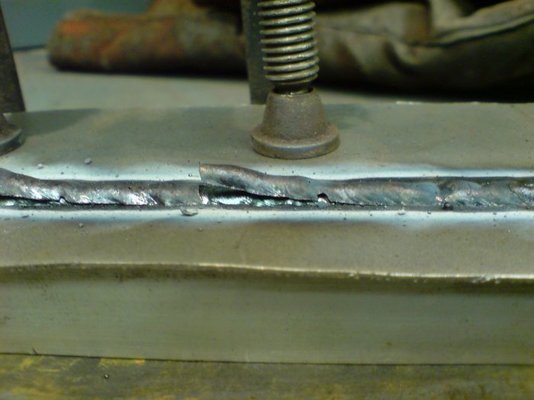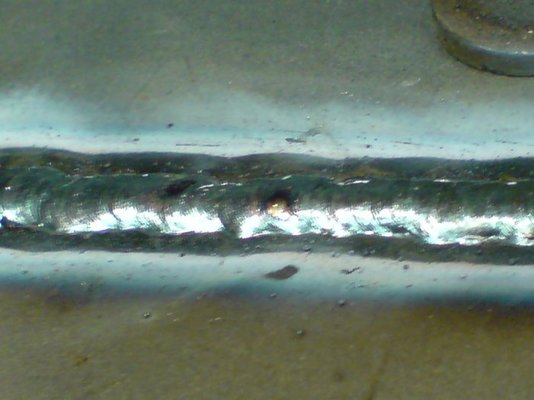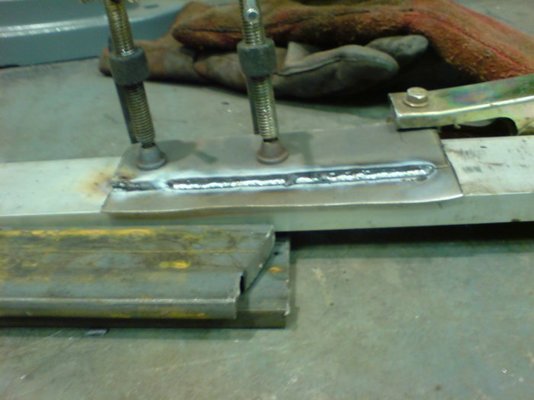Chickenjohn
Morris Minor and Porsche 944 fan
- Messages
- 1,284
- Location
- East Kent
I don't know anything about arc welding, however, I do know a bit about welding car bodywork using Mig and Oxy acetylene gas welding, and from this knowledge there appears to be a flaw in your argument.
You said that in the days before Mig welders that people must have used arc welders on thin metal:- "but after much reading it dawned on me that arc welders have been around much longer than migs, and they must have been used on thin metals."
Not quite right, before Mig welding was invented (2nd world war time, I think), the major welding method used for thin metal was Oxy Acetylene gas welding. Using a 1mm nozzle, it is a great method for butt welding thin sheet steel such as used in car bodywork, and is the preferred method on good classic car restoration courses for visible panel work.
With gas welding you can weld a repair piece in without using any filler rod, provided your repair piece perfectly butts into the work, with no gaps. Of course, filler rod can be used to bridge any gaps that are present. This technique will give, in skilled hands, a much neater result than Mig and has the bonus of being a "soft" weld that can be dressed and planished to shape much more easily than mig.
So, before Mig, there was gas.
You said that in the days before Mig welders that people must have used arc welders on thin metal:- "but after much reading it dawned on me that arc welders have been around much longer than migs, and they must have been used on thin metals."
Not quite right, before Mig welding was invented (2nd world war time, I think), the major welding method used for thin metal was Oxy Acetylene gas welding. Using a 1mm nozzle, it is a great method for butt welding thin sheet steel such as used in car bodywork, and is the preferred method on good classic car restoration courses for visible panel work.
With gas welding you can weld a repair piece in without using any filler rod, provided your repair piece perfectly butts into the work, with no gaps. Of course, filler rod can be used to bridge any gaps that are present. This technique will give, in skilled hands, a much neater result than Mig and has the bonus of being a "soft" weld that can be dressed and planished to shape much more easily than mig.
So, before Mig, there was gas.









 just learned to do gas welding instead for thin work
just learned to do gas welding instead for thin work 
